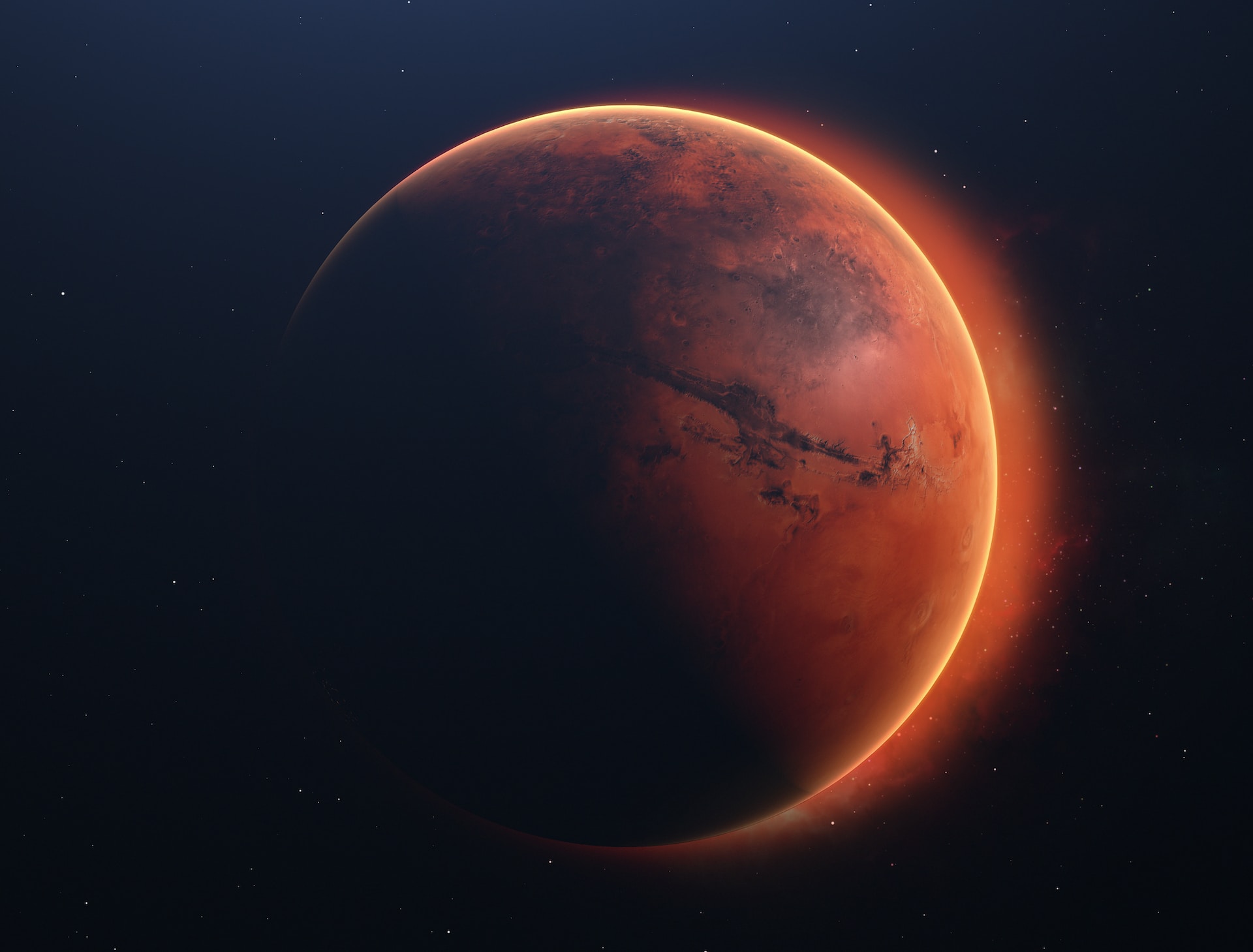A Chinese rover discovered underground polygonal structures on the Red Planet hidden under its surface. It is possible that these formations may be related to the mystery of the disappearing water on Mars.

In a new study published in Nature Astronomy, a team of researchers from the Chinese Academy of Sciences (CAS), using data from the ground-penetrating radar of the Zhurong rover, discovered underground polygons with a likely icy origin.
Using a high-tech radar, the rover scanned a large plain in the Northern Hemisphere of Utopia Planitia on Mars. The CAS team found 16 vertical bands at a depth of about 10 meters, indicating the spread of this relief under Utopia Planitia.
Although similar Martian structures have been discovered by NASA before, this is the first use of ground-penetrating radar to study them in detail. CAS scientists believe that the polygons could have formed due to freezing-thawing cycles similar to terrestrial processes. They believe that the formation of polygons probably occurred during the early Amazonian era on Mars. This indicates the existence of reservoirs on the territory of the find about 3.7 billion years ago.

This year, Zhurong received data indicating that Mars was probably home to rich reservoirs 400 thousand years ago, as evidenced by the recent discovery of the vehicle. Another recent discovery by the Chinese rover indicated that there were also large floods on the Red Planet, which created layers under the surface of Utopia Planitia with polygonal structures located now.
Martian polygons, remarkably similar to the phenomenon of “patterned soil” on Earth, can not only serve as additional proof that the Red Planet was once rich in water but also that it had the conditions for the existence of life.
Follow us on Twitter to get the most interesting space news in time
https://twitter.com/ust_magazine


